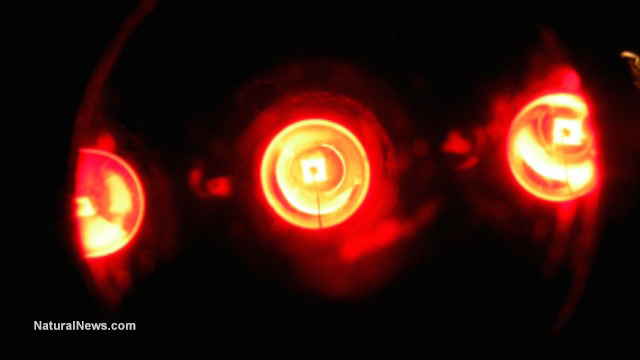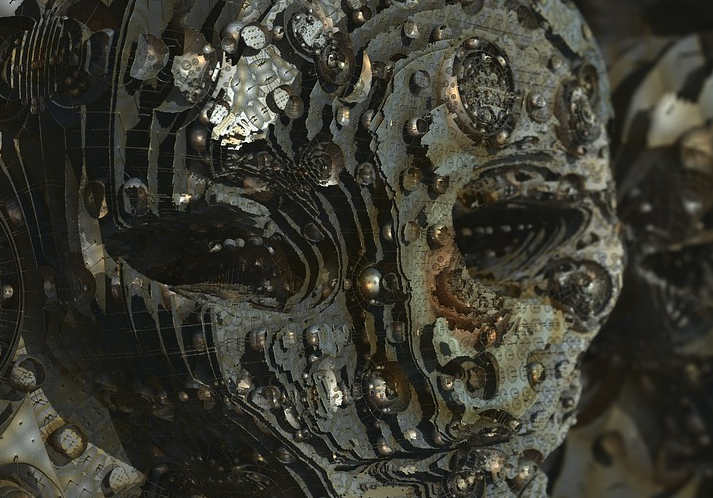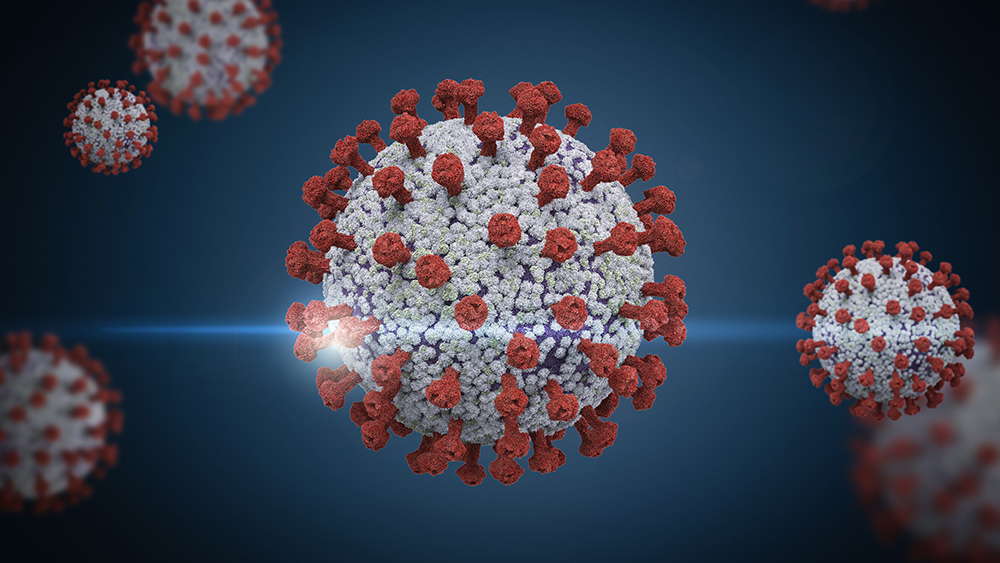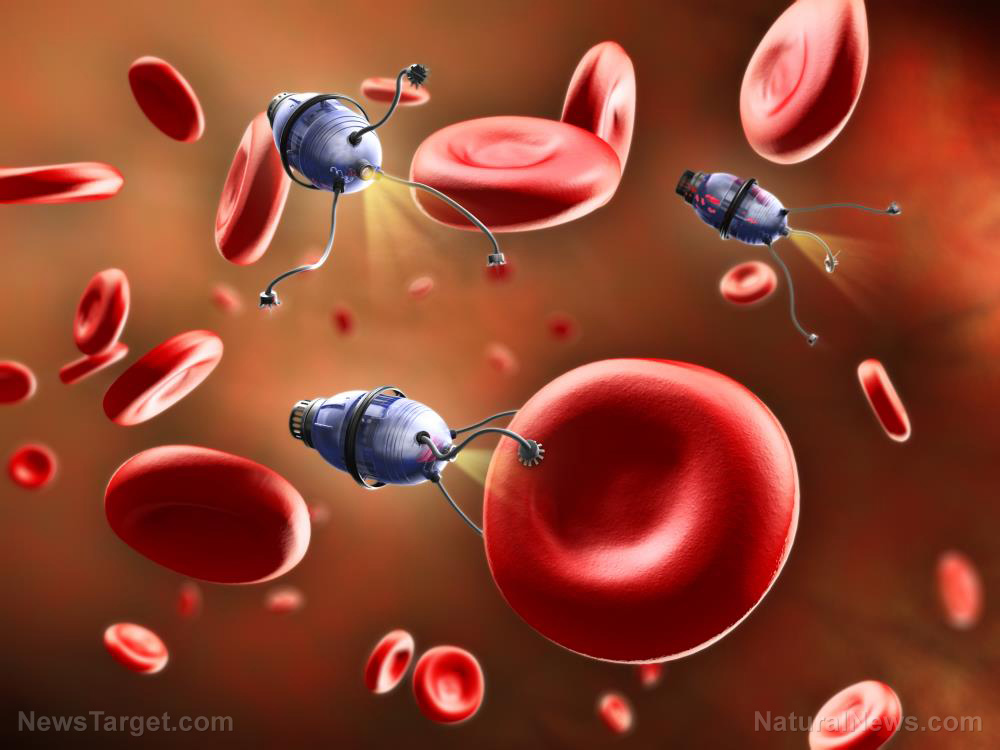Doctors turn to a spider’s deadly venom in hopes of treating stroke victims
03/31/2017 / By Rhonda Johansson

The venom of one of the world’s deadliest spiders could potentially be used by stroke patients to protect against brain damage — although more research is needed before this becomes standard treatment. One bite from the Australian funnel web spider can kill an average-sized human in only 15 minutes. The neurotoxins act on the central nervous system and are considered to be twice as strong as cyanide. However, researchers have found that a molecule within the venom can protect neurons from degenerating, especially after a traumatic oxidative loss associated with a stroke. This was seen after administering the synthesized neurotoxin to rats.
The molecule in the venom, which scientists named Hi1a, was found by chance. Scientists in Australia were initially sequencing the DNA of toxins in the venom of the funnel web spiders. The molecule stood out because of its appearance — Hi1a had a similar structure to another brain cell-protecting chemical. Scientists were baffled by this similarity and decided to synthesize Hi1a and test it. Glenn King at the University of Queensland’s center for pain research concluded, “it proved to be even more potent.”
Strokes leading to brain damage
The American Stroke Association lists strokes as the fifth leading cause of death and the leading cause of disability in the United States. People experience a stroke when blood vessels that carry oxygen to the brain become blocked or clotted. This forces the brain to burn glucose, its fuel, differently. A process termed anaerobic glycolysis takes place. This is an emergency mechanism that releases the energy needed by the brain to function but also produces acid byproducts that can cause brain cells to die. Depending on where the stroke occurs, patients can experience several different side-effects.
The brain is divided into two hemispheres. In simple terms, one side of the brain controls the opposite side of the body. For example, a stroke occurring on the right side of the brain will affect the left side of the body. This can manifest in vision problems and memory loss along with paralysis of the left side of the body. Conversely, a stroke on the left side of the brain can result in speech and language problems and paralysis of the right side of the body. The most severe case of brain damage happens when the stroke occurs in the brain stem. This can leave patients in a “locked-in” state where they are unable to speak and can become immobilized.
How the venom protects the brain
Hi1a works by blocking ion channels found specifically in neurons that respond to the increased acidic environment in the brain. These findings were reported in the journal Proceeding of the National Academy of Sciences. Administering Hi1a two hours after a stroke reduced brain damage by 80 percent. Hi1a was still effective eight hours after an episode, reducing the extent of brain damage by around 65 percent.
Authors of the study were quick to mention that more research is necessary before this can become available to the public. Researchers need to determine whether Hi1a is effective for all types of the condition. That is, if the molecule works well with blood vessels that are ruptured rather than just blocked. Researchers of the study administered Hi1a directly into the brain of lab rats but said that nasal delivery was just as effective.
If further research leads to positive results, this could become a viable treatment option for stroke patients. To date, there are no on-the-spot preventive measures for brain damage. Patients are either given clot-busting drugs or subjected to a surgical procedure called endovascular thrombectomy which takes the clot from the brain. Needless to say, either option is traumatic and is only for patients whose strokes were induced by clotting. If Hi1a is found to be safe for patients with brain bleeds (strokes caused by a hemorrhage), then the drug can be given immediately.
“The drug could be given in the ambulance to most stroke patients before hospital arrival, maximizing the number of neurons that can be saved,” said King. “This should diminish the mortality from stroke and provide much better outcomes for those that survive as more brain function will be retained.”
Discover more news about medicinal cures at CURES.news.
Sources:
Submit a correction >>
Tagged Under:
brain damage, New Research, stroke
This article may contain statements that reflect the opinion of the author
RECENT NEWS & ARTICLES
COPYRIGHT © 2017 UNEXPLAINED.NEWS
All content posted on this site is protected under Free Speech. Unexplained.news is not responsible for content written by contributing authors. The information on this site is provided for educational and entertainment purposes only. It is not intended as a substitute for professional advice of any kind. Unexplained.news assumes no responsibility for the use or misuse of this material. All trademarks, registered trademarks and service marks mentioned on this site are the property of their respective owners.



















